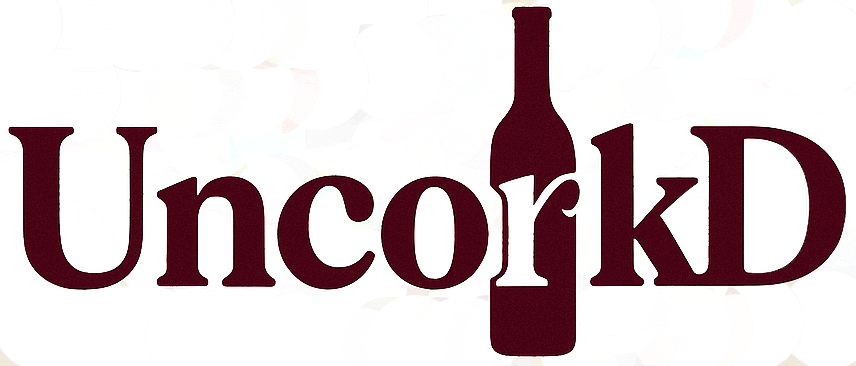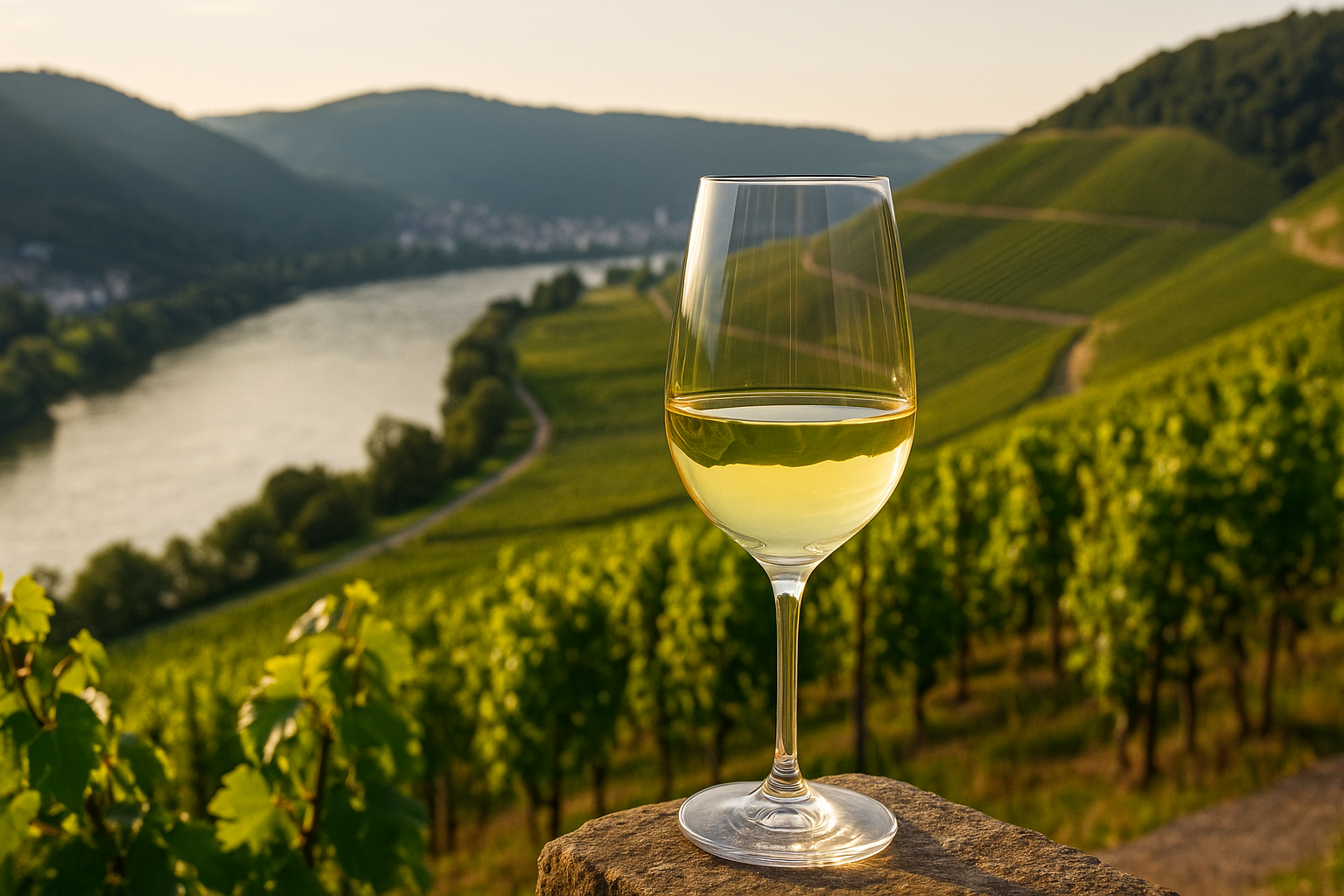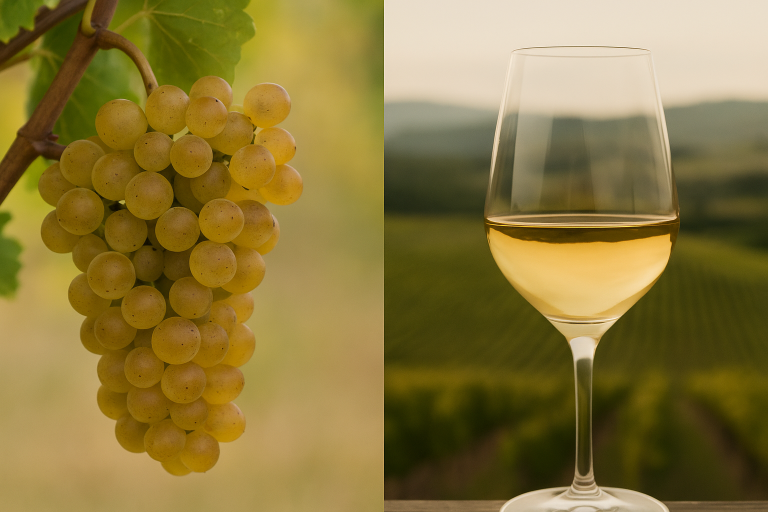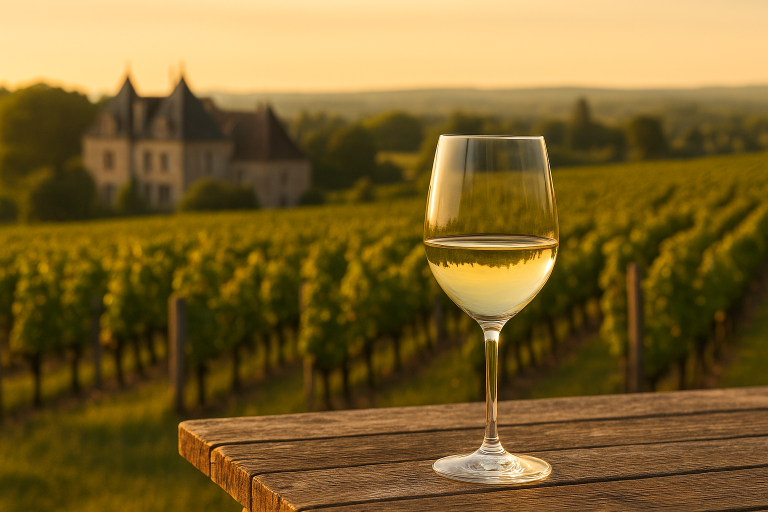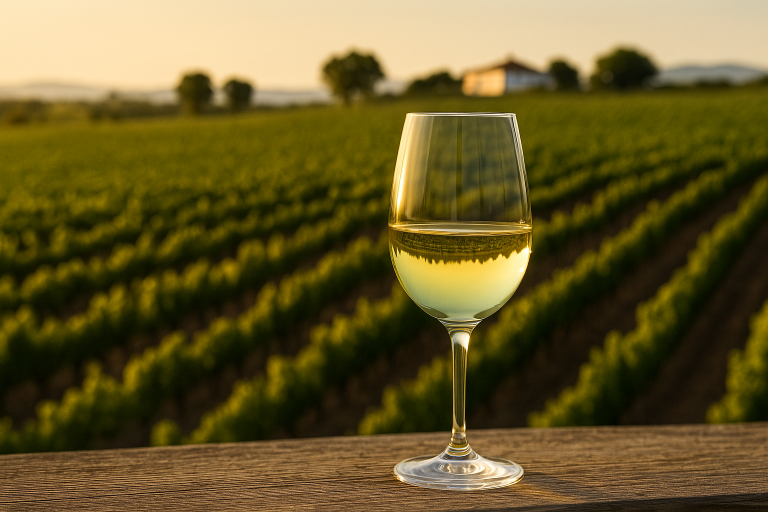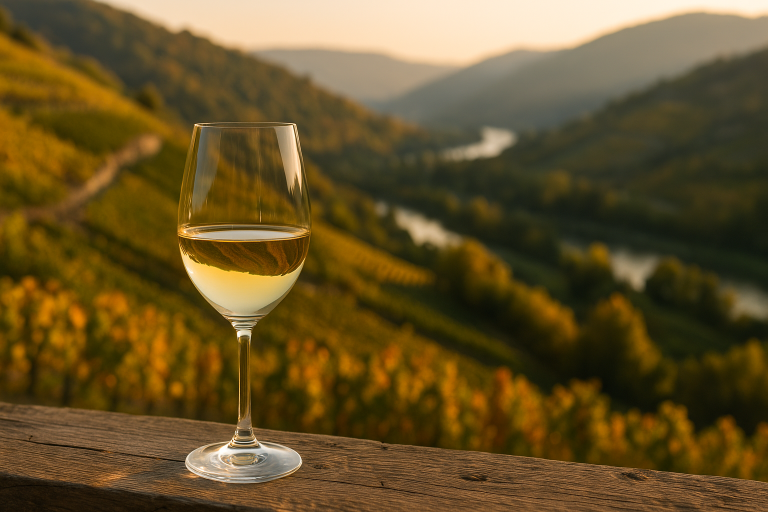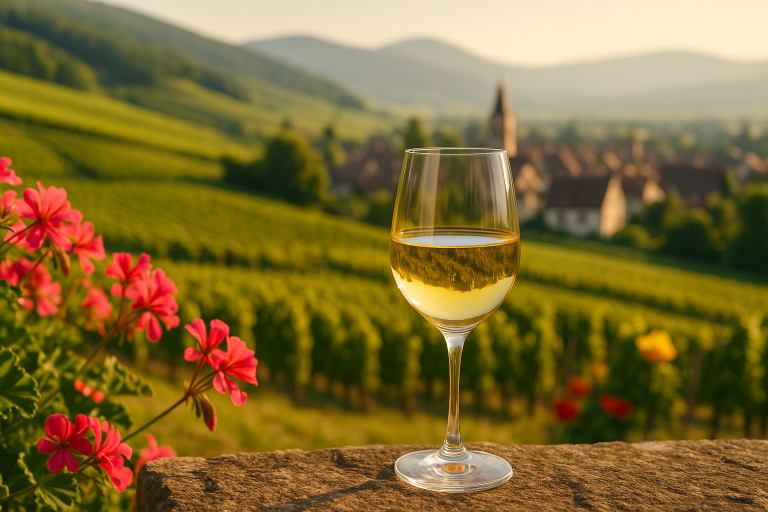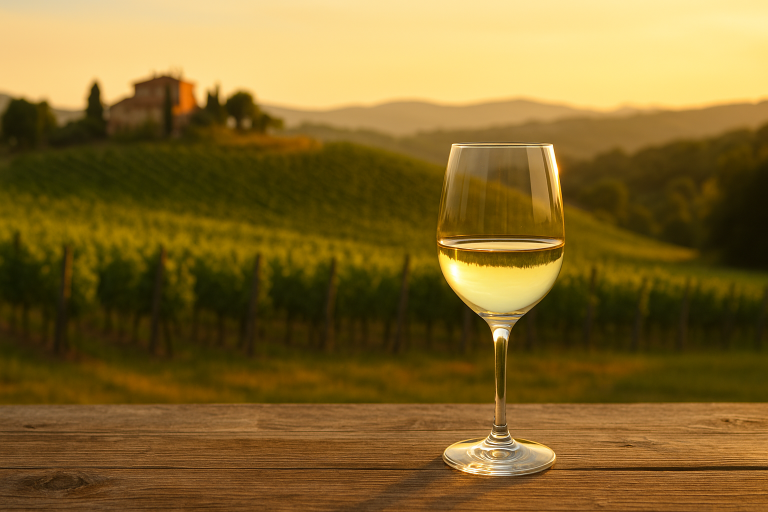Fragrant, complex, and endlessly expressive, Riesling is one of the world’s most captivating white wines. Celebrated for its stunning balance of sweetness and acidity, it ranges from bone-dry to lusciously sweet, offering a remarkable versatility that few grapes can match. Riesling is a wine of clarity — one that tells the story of its place with precision and purity, from the steep slopes of Germany to the cool valleys of the New World.
A Brief History
Riesling’s history is deeply rooted in Germany, where it was first documented in 1435 in the Rhine region. Its name likely derives from the German word riessen, meaning “to split or tear apart,” referring to the way its vine bark peels away — a small but distinctive trait that sets it apart.
By the 16th and 17th centuries, Riesling had already earned a reputation as one of Europe’s great noble grapes, prized by royalty and clergy for its finesse and age-worthiness. Monks in the Rhine Valley carefully cultivated it on the best vineyard slopes, recognizing its ability to reflect terroir with precision.
In the 19th century, Riesling’s fame rivaled that of Bordeaux and Burgundy, fetching some of the highest wine prices in the world. Though its popularity waned briefly in the 20th century due to mass production, Riesling has reemerged as a favorite among sommeliers and wine lovers for its authenticity and diversity of style.
Where It’s Grown
Riesling thrives in cool-climate regions, where its bright acidity and aromatic depth shine best:
- Germany: The spiritual home of Riesling, producing everything from dry (Trocken) to sweet (Auslese, Eiswein). Key regions include the Mosel, Rheingau, and Pfalz, each with distinct mineral profiles.
- Alsace (France): Dry, powerful Rieslings with floral and spicy notes.
- Austria: Focused on dry, structured wines from regions like Wachau and Kamptal.
- Australia: Especially Clare Valley and Eden Valley, known for crisp, lime-scented Rieslings that age beautifully.
- United States: The Finger Lakes (New York) and Washington State produce balanced, fruit-forward styles with lively acidity.
Riesling’s adaptability allows it to thrive wherever cool nights and long ripening seasons exist.
Tasting Notes
Riesling is typically light- to medium-bodied with high acidity and pronounced aromatics. Its flavor spectrum is broad — from dry and citrusy to sweet and honeyed — depending on the style and region.
Aromas often include lime, green apple, apricot, and jasmine, with hints of minerality, slate, or petrol (a hallmark of aged Riesling). On the palate, it’s crisp and refreshing, with an interplay between sweetness and acidity that creates a mouthwatering balance.
Dry Rieslings deliver zesty lemon, grapefruit, and flint, while off-dry or late-harvest versions reveal peach, honey, and candied citrus peel. The best examples age gracefully, developing complex notes of honeycomb, wax, and spice over time.
Food pairings are equally versatile: Riesling complements spicy dishes, seafood, pork, duck, sushi, and Asian cuisine. Its bright acidity also balances rich or fatty foods beautifully.
The Essence of Riesling
Riesling is a study in harmony — a wine where sweetness meets acidity, fruit meets minerality, and elegance meets power. It’s one of the few wines that can be both refreshing and profound, youthful and timeless.
From a crisp Mosel Riesling to a ripe Australian version or an off-dry Washington bottling, each expression tells a story of place and purity. For those who seek authenticity in every sip, Riesling remains one of the truest reflections of the vine — luminous, layered, and endlessly rewarding.
